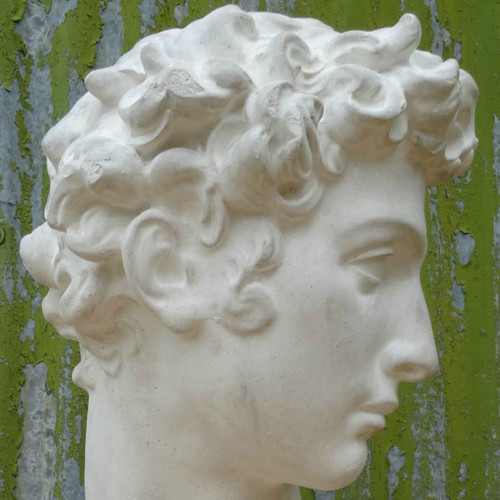A Grand Tour style life-size cast plaster figure of the Dancing Faun, circa 1910, after Pietro Cipriani’s 1722 bronze cast (now in the J. Paul Getty Museum), this figure possibly cast by Pietro Caproni, in sections, the arms detachable, on a separate original pitch pine pedestal base of canted box form on ceramic wheel castors.
Pietro Paulo Caproni (1862–1928) founded PP Caproni & Brother, Boston, Massachusetts, manufacturers of plaster reproductions of classical and contemporary statues. In an era before commercial photography, these statues were an integral educational tool in teaching people the history of art and antiquities; they supplied art schools, major universities and museums in the United States and abroad.













